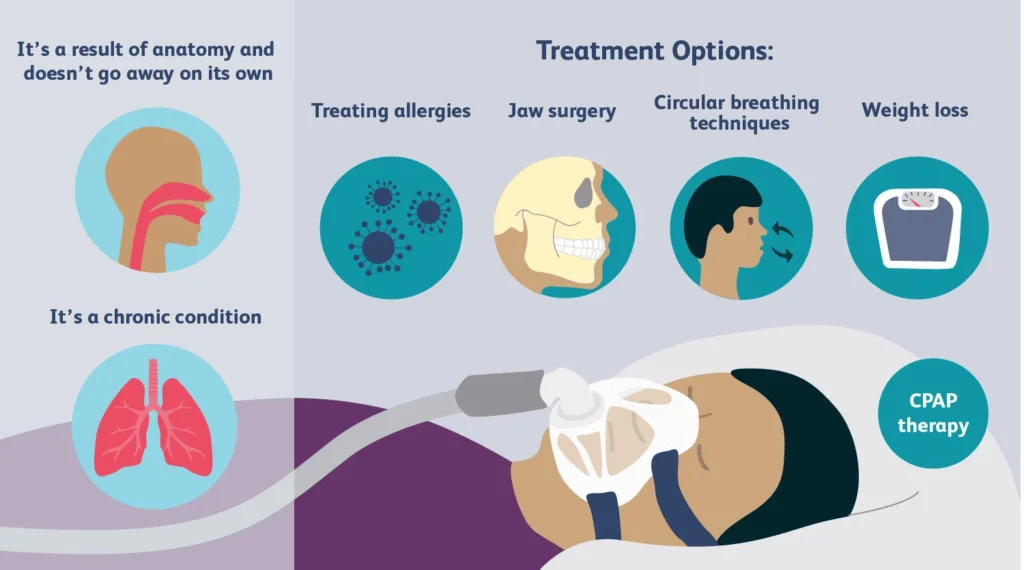Snoring can be a major issue for both the person who snores and their sleeping partner. Not only can it disrupt your own sleep, but it can also lead to relationship problems and even health issues. While there are various remedies for snoring, one effective method is training yourself to sleep on an incline. This can help reduce snoring by keeping your airways open and preventing soft tissues from vibrating. In this blog post, we will discuss how to train yourself to sleep on an incline and the benefits it can bring.
Firstly, let’s understand why sleeping on an incline can help reduce snoring. When we sleep on a flat surface, gravity can cause our tongue and soft tissues in our throat to fall back, obstructing our airways. This leads to snoring. Sleeping on an incline, on the other hand, helps keep our airways open and prevents tissues from vibrating. This is because when we sleep on an incline, gravity pulls these tissues in the direction of our feet, reducing the chances of obstruction.
So, how can you train yourself to sleep on an incline? The easiest way is to use an adjustable bed or an adjustable mattress base. This allows you to elevate the head of your bed to your desired incline. However, if you do not have an adjustable bed, there are still ways to achieve an incline. You can use pillows or wedges to prop up your upper body and create an incline. Alternatively, you can also use a foam wedge or a foam block under the head of your mattress to create an incline.
It is important to note that the ideal incline for reducing snoring may vary from person to person. It is recommended to start with a slight incline and gradually increase it until you find a comfortable position. This may take some trial and error, but it is worth it in the long run.
Another tip for training yourself to sleep on an incline is to avoid sleeping on your back. Sleeping on your back can worsen snoring as it allows your tongue and soft tissues to fall back more easily. Instead, try sleeping on your side or stomach. This will help keep your airways open and reduce snoring.

How to Train Yourself to Sleep on an Incline to Reduce Snoring
In addition to training yourself to sleep on an incline, there are other lifestyle changes that can also help reduce snoring. These include maintaining a healthy weight, avoiding alcohol and sedatives before bedtime, and quitting smoking. All of these factors can contribute to snoring, so addressing them can help improve your sleep and reduce snoring.
Now that we have discussed how to train yourself to sleep on an incline, let’s talk about the benefits it can bring. The most obvious benefit is, of course, reduced snoring. This can lead to better sleep for both you and your partner. By keeping your airways open, you can also improve the quality of your sleep and reduce the risk of sleep apnea.
Sleeping on an incline can also have other health benefits. It can help alleviate acid reflux and heartburn, as the incline prevents stomach acid from traveling up the esophagus. It can also improve circulation and reduce swelling in the legs, especially for pregnant women or those with medical conditions such as varicose veins.
In addition, sleeping on an incline can also improve your overall posture. By elevating your upper body, it helps align your spine and reduces strain on your neck and shoulders. This can be especially beneficial for those who suffer from back pain or neck pain.
To summarize, training yourself to sleep on an incline can help reduce snoring by keeping your airways open and preventing soft tissues from vibrating. This can be achieved through an adjustable bed or mattress base, using pillows or wedges, or elevating the head of your mattress. It is important to find the right incline for your comfort and avoid sleeping on your back. This method can also have other health benefits such as improving sleep quality, reducing acid reflux, and improving posture.
